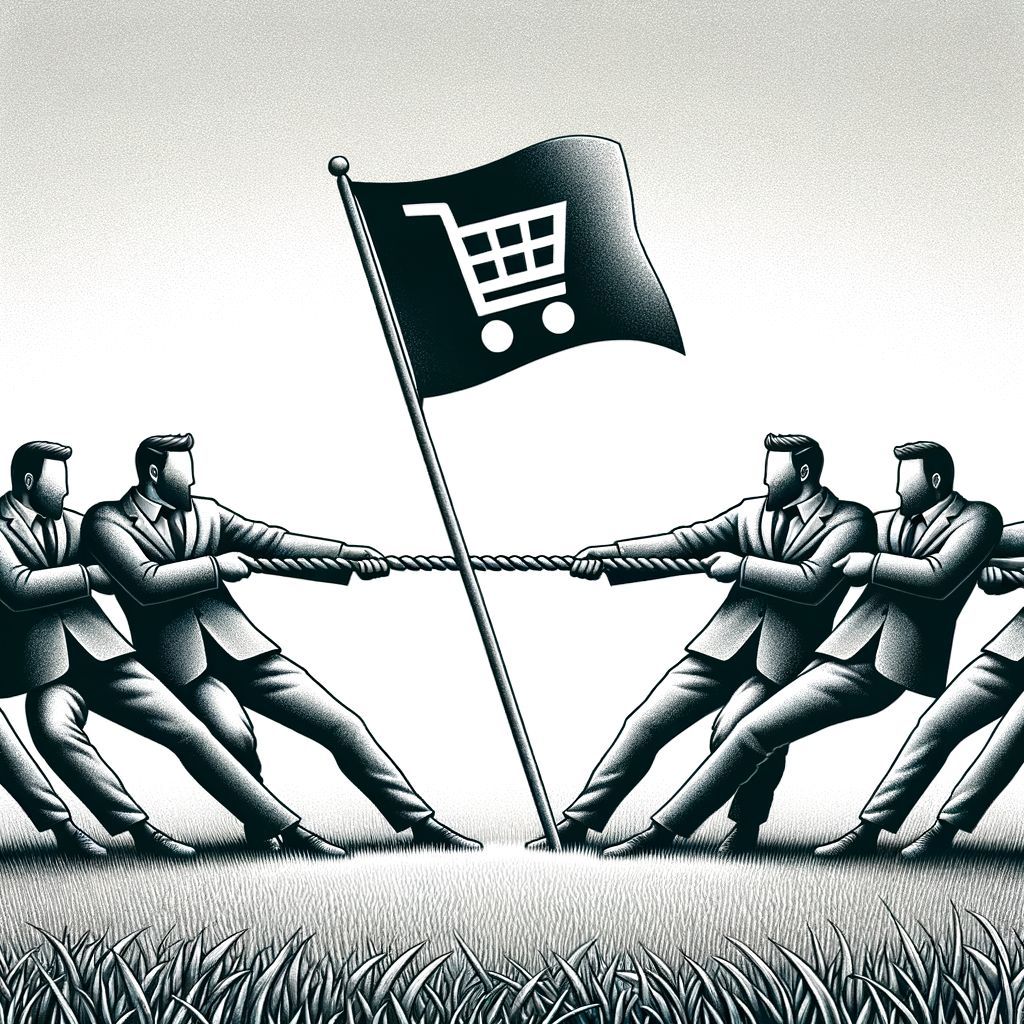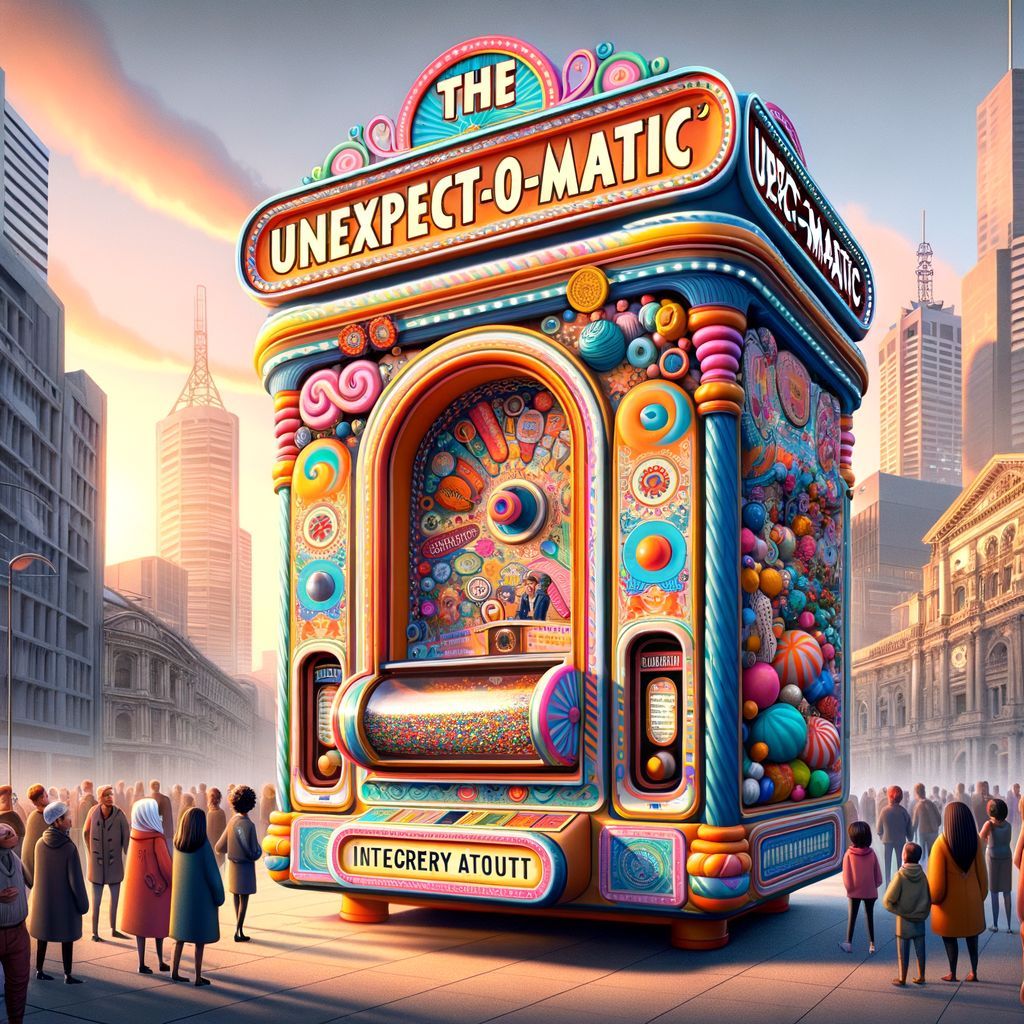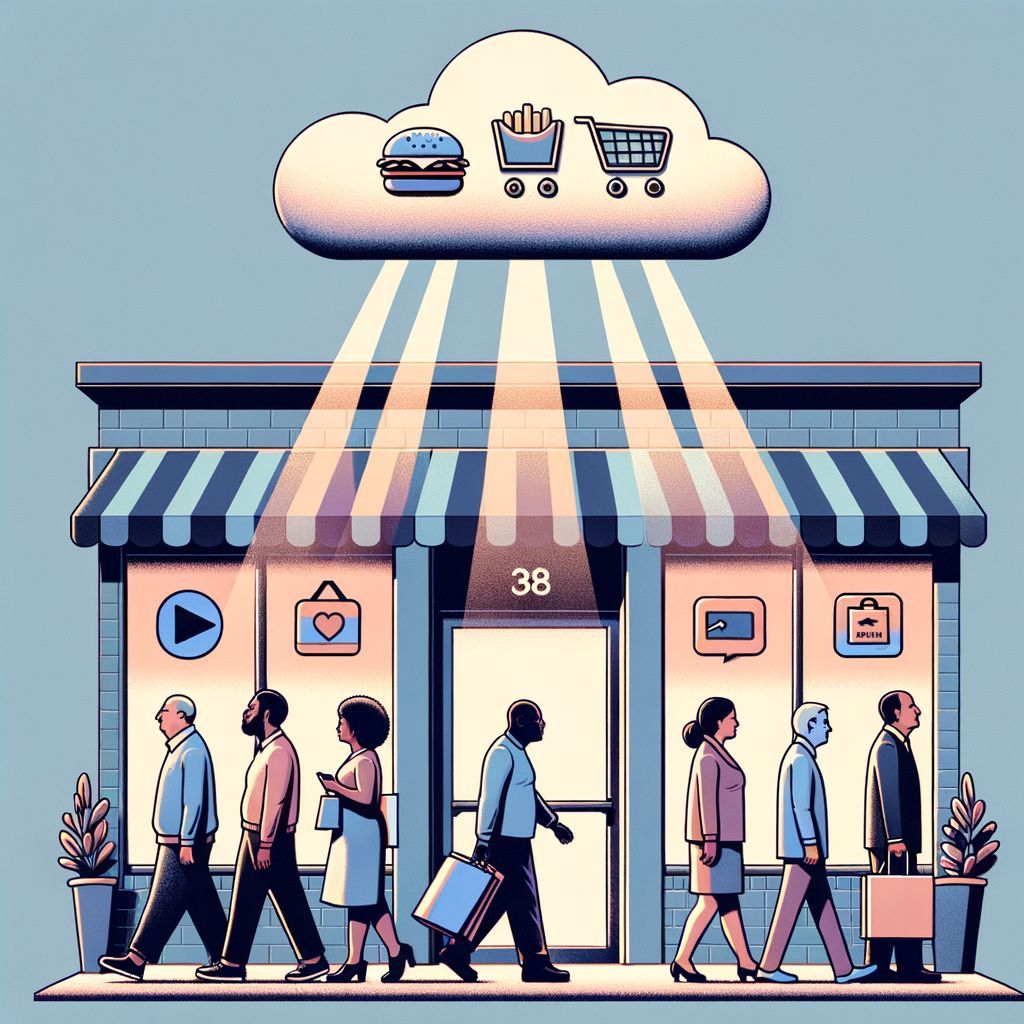

Editors' Note: Many Fast News images are stylised illustrations generated by Dall-E. Photorealism is not intended. View as early and evolving AI art!

AI in marketing,
Bridging gaps, saving time, leads,
Future in our hands.

Partner Op-Ed: What does a fully AI-empowered marketer look like?
By Leandro Perez, Senior Vice President and CMO APAC, Salesforce
Imagine having a dedicated marketing professional for every one of your prospects and customers. A marketer who knows each individual customer and deeply understands what they want. A marketer who never gets tired of producing personalised, relevant, timely offers, and always follows up with data-driven optimisations.
I’m sure you can see where I’m going with this.
Having artificial intelligence in your corner really does give you the power to produce hyper-personalised, optimised marketing content for each and every person that your business interacts with.
But the question is – how do we get there? I’ve spoken to CXOs across the APAC region, and there’s a great level of excitement around just about every application of AI you can think of.
But how is AI actually being used? I see a lot of marketers struggling to wrap their arms around all of what AI can offer, and in the end, perhaps failing to implement anything.
With so much on offer, it’s hard to know where to start. But where I’m seeing the biggest gains in productivity is when AI is built directly into the flow of work.
I’ll give you an example – I work for a global company, so when I log on in the morning, I can see there are dozens, maybe hundreds, of Slack notifications. But instead of manually sorting through them all, I rely on Slack AI. Every day, at a time I’ve set, Slack AI delivers a concise recap directly to me. By the end of the recap, it tells me the number of messages summarised and the time I would have spent reading those messages.
This is where the leadership of a great CMO comes in – it’s down to us to be the bridge between C-suite executives with the vision for what AI can do, and the employees and teams who'll be using the tools on a daily basis.
And when we’re aligned, we can take control of the way that customers and companies interact – a space set to be revolutionised by AI.
How we’re using AI at Salesforce
I’m constantly inspired by the amazing things I see my team doing with Einstein 1.
For almost any marketing activity you can think of, we’re able to use our platform’s AI functionality to enhance efficiency, relieve the admin burden, and ultimately create the experiences that our customers want.
This is just a snapshot, but here are just a handful of the ways generative and predictive AI are helping Salesforce marketing teams.
- I’ve said before that producing and posting 15 different versions of a marketing asset for various social platforms isn’t marketing – it’s operations. It’s a potential waste of time that is diverting your teams away from more productive work.
- Atomisation of content for all your channels is a job that can be handed off to AI with very little risk. But make sure the platform you’re using can be trained using your brand identity and tone of voice – not all of them can.
- Once your audience is becoming more engaged, you can start to use your first-party data to create hyper-personalised content for each customer.
- With AI, granular segmentation of your audience takes minutes instead of days, and generative content creation can produce personalised messages and journeys for each and every one of your customers – take a look at what my friends over at the AFL are doing with AI for a great case study of how this works.
- Generative AI can take elements of your marketing materials like EDM subject lines, social posts, and even web copy, and create iterations that allow for rapid A/B testing – ultimately leading to better performance for your campaigns and more relevant content for your customers.
- From the very start of our relationship with any customer, we’re receiving predictive recommendations from Einstein on the next best action, so that offers can be perfectly timed to capture a customer’s attention right when they’re most likely to buy.
- I’ve seen some amazing work happening in the ABM sphere too. With data-driven insights provided by Salesforce Einstein, we’re able to prioritise the accounts that show the greatest promise without having to wade through huge amounts of information spread across a multitude of sources.
- Of course, marketers’ jobs don’t end when the last EDM of a campaign is sent or an ad is clicked. We all have a responsibility to understand how our work impacts business objectives, but not all marketing professionals have an aptitude for data analysis.
- Salesforce marketing AI now allows you to optimise your planning and spending using data-driven insights. And because these can be accessed using natural language prompts, anyone can get in-depth analysis of campaign performance.
Connecting vision and action
Right now, generative AI is sitting at the top of Gartner’s ‘peak of inflated expectations’, and it’s the CMO’s job to guide our teams through the next phase – ‘the trough of disillusionment’.
I like to talk about AI-empowered marketers, rather than AI-powered. There are dozens of other examples of how AI can save time, and allow our teams to connect with one another. And the accumulation of those incremental gains is where the opportunity lies – once we’ve identified the ROI of these smaller, practical implementations of AI, we’ll have the justification for the more seismic changes to the way we work.
The productivity gains offered by generative and predictive AI are simply too good to ignore, and those who embrace them are sure to find themselves leading the industry.










